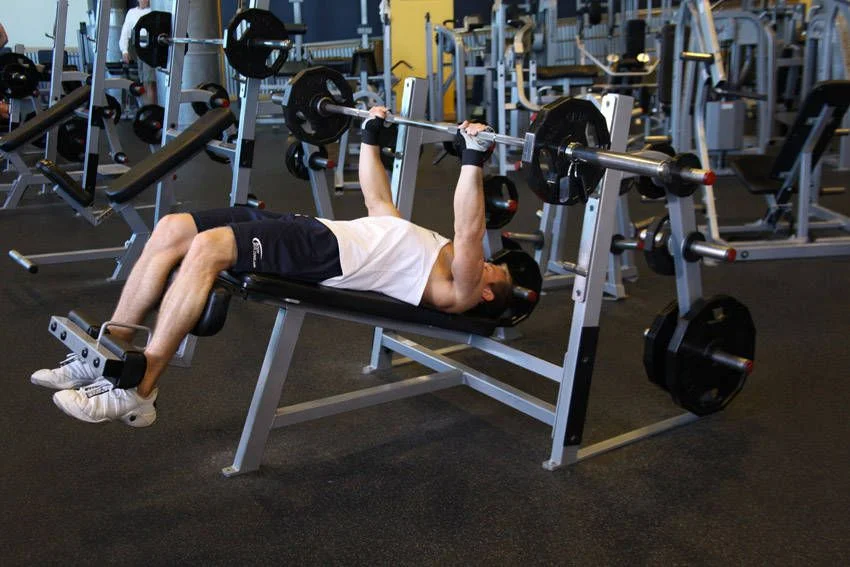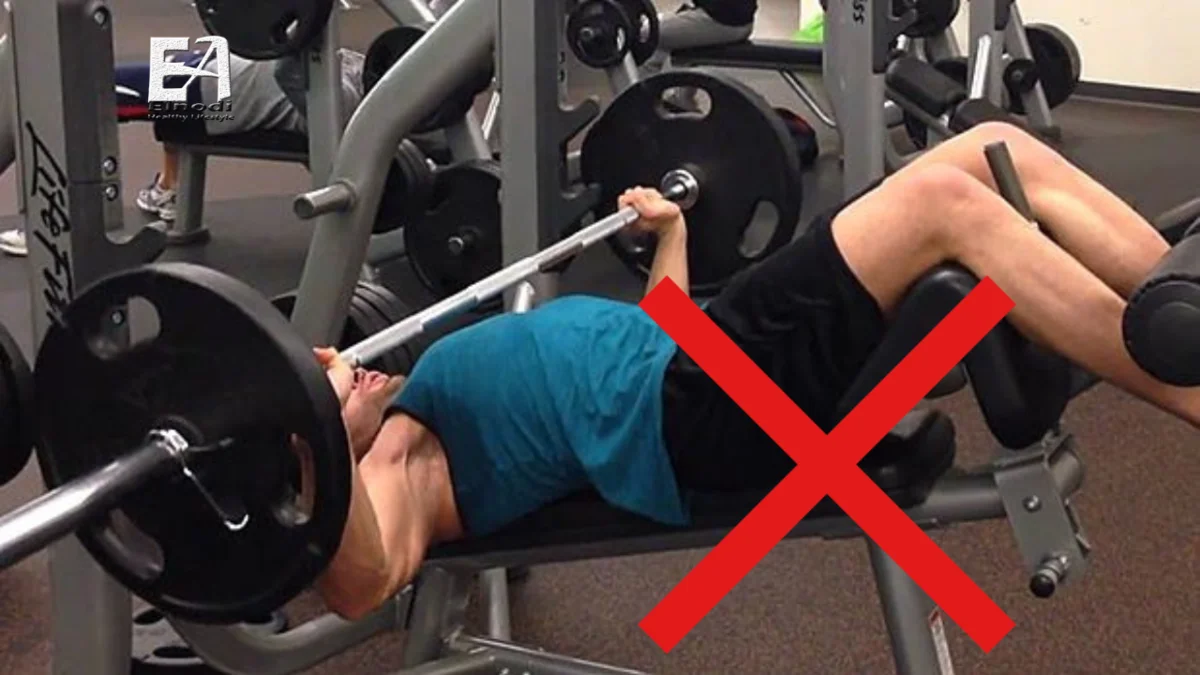The decline bench press is a well-known chest exercise that is frequently promoted as the best approach to target the lower chest. However, some evidence suggests that the decline in bench press is overstated.
In this post, we’ll go through the decline bench press in further depth and explain why it might not be as beneficial as some people think. We’ll also show you some other workouts you can do to target your lower chest without risking your shoulders.
Why You Should Stop Doing the Decline BenchPress

Some of the reasons why the decline in bench press may be overstated are as follows:
- It has a limited range of motion compared to the flat bench press. This implies you can’t lift as much weight, which can hinder muscle growth.
- It exposes your shoulders to danger. The declined bench press can place a lot of strain on your shoulders, perhaps resulting in injury.
- It is not as effective as some assume in addressing the lower chest. According to research, the decline bench press does not activate the lower chest any more than the flat bench press.
Alternative Decline Bench Press Exercises to Train Your Chest
There are other exercises to do than the decline bench press if you want to target your lower chest effectively. Here are a few other options:
1. Incline dumbbell press

This exercise allows you to lift more weight than the decline bench press, which may result in increased muscular growth. It also reduces the strain on your shoulders.
2. Floor press
This exercise is similar to the decline bench press, however, it is done while lying on the floor. This relieves strain on your shoulders and helps you to lift greater weight.
3. Weighted dips
Dips are an excellent multi-joint workout that targets the chest, triceps, and shoulders. They are also extremely difficult workouts that can help you gain muscle and strength.
If you want a chest exercise that is both effective and safe, skip the decline bench press and try one of these alternatives.
4. High to Low Cable Fly

If you position the wires over your shoulders, you will target the lower chest more than if you set the cables at or below shoulder height.
This exercise is best done at the end of a workout after you’ve completed some form of barbell and dumbbell chest variation.
5. Decline Machine Press
Unlike some of the other decline bench press alternatives, the decline machine press is relatively simple to set up. What I dislike about utilizing a decline bench for barbell or dumbbell variations is how difficult it is to get into and out of the starting position.
With the decline machine press, you sit in a slightly reclined chair and begin the action by pressing the grips in front of you.
The sole disadvantage of the decline machine press is that it is not available in every gym. You may have a “seated chest press machine” that is excellent for targeting your entire chest. A declining machine press, on the other hand, is somewhat uncommon.
6. Vertical Dip With Forward Torso Lean
In contrast to the horizontal dip, which is performed on a bench, the vertical dip is performed on parallel bars.
The vertical dip will target your lower pecs more than the horizontal dip, which will isolate your triceps more. If you’re wondering how to do a decline bench press without a bench, this is a great option.
If you lean forward with your torso rather than keeping your back vertical, the vertical dip will resemble a decline bench press.
Depending on your strength level, you can execute this exercise with simply your body weight, or you can add load using a dip belt as you progress.
There are additional excellent alternatives if you are unable to conduct a dip at this time. For more assistance, utilize a resistance band or the assisted dip machine.
7. Incline Push-Up With Underhand Grip
The uphill push-up is done with your hands on a raised platform, which works your lower pecs more than a flat or decline push-up. This is a great alternative to the decline bench press at home because it can be done on a couch, chair, or stool.
Rotate your hands so that your fingers point toward your toes to stimulate your lower pecs even more, making it more similar to a decline bench press. An ‘underhand grip’ is another term for this.
While the incline push-up can be done as part of the primary workout, I prefer to utilize it as a warm-up for other bench press variations.
Summary
A good decline bench press alternative either resembles the decline bench press movement pattern or engages similar muscle areas, such as the lower pecs. Many of the decline bench press alternatives covered in this article can also be performed in conjunction with a robust chest program, regardless of your training goal.





